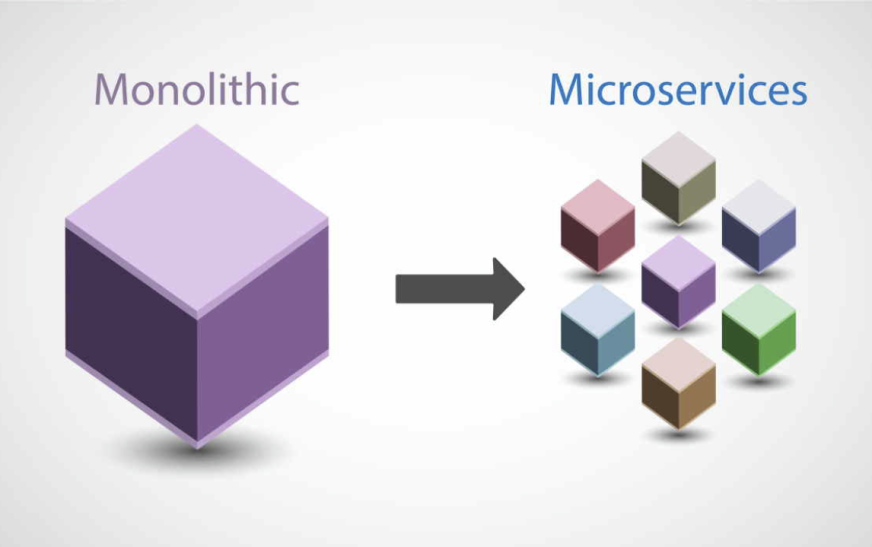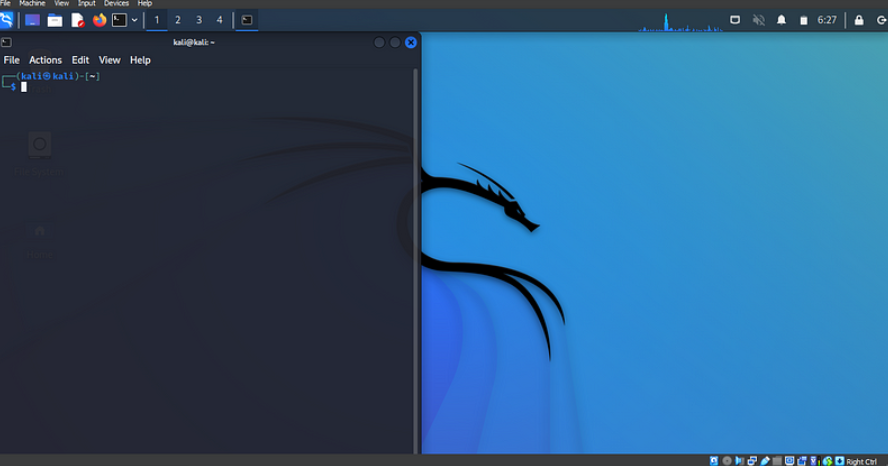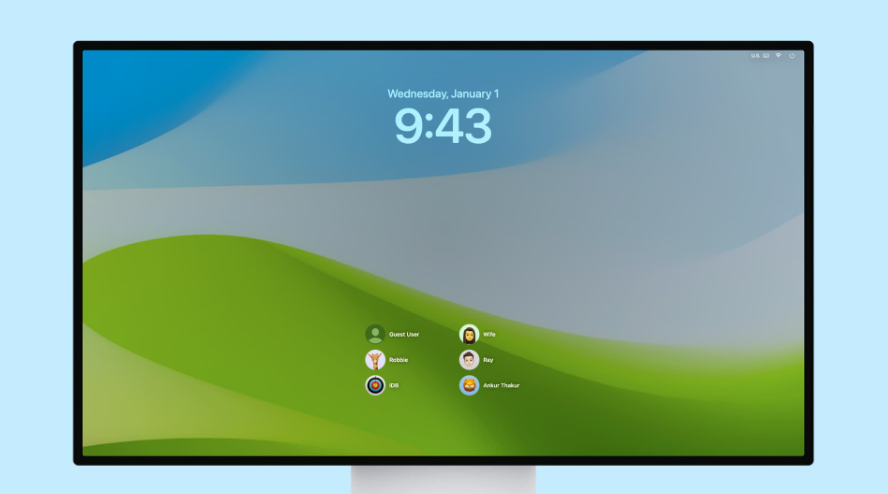
What is Virtualization?
Virtualization is the process of creating virtual versions of physical resources like computer hardware, operating systems, storage devices, or networks. Essentially, it allows multiple virtual environments to operate on a single physical machine, making it easier to manage and utilize resources. Virtualization is used in various areas, such as:
- Computer hardware
- Operating systems
- Data storage devices
It can also be applied to business processes and entire organizations. The software responsible for creating these virtual versions is called a hypervisor or virtual machine monitor (VMM). In simple terms, virtualization helps create operating systems for virtual machines (VMs) and ensures that different applications can run on shared hardware without conflicts, even if they have different requirements for resources like CPU power, memory, or input/output capabilities.
Types of Virtualization
There are two main types of virtualization: platform virtualization and operating system (OS) virtualization.
- Platform Virtualization: This involves creating a virtual version of a hardware platform.
- OS Virtualization: This technology enables a single OS to manage multiple applications from different users on the same computer. Even though they share the same system, these operating systems don’t interfere with each other.
Virtualization can take place at different levels, including the hardware, operating system, or application level.
Benefits and Uses of Virtualization
Virtualization offers several advantages, such as:
- Reduced power consumption and heat generation.
- Lower software license costs.
- Increased availability and scalability.
- Application isolation, which prevents apps from affecting each other or corrupting data.
By virtualizing both applications and infrastructure, organizations can improve resource utilization, meaning more users can access applications at the same time, boosting productivity. It also simplifies management tasks like adding new systems, updating software across all systems, scaling according to business needs, and moving workloads between physical machines. Virtualization makes it easier to replicate data, which is useful for disaster recovery.
Moreover, companies can use virtualization to create cloud computing environments, which deliver software or services over the internet. Unlike grid computing, which relies on large parallel systems, cloud computing uses the internet to run general applications. Virtualization makes it possible to combine multiple small servers into one larger, more efficient server. This helps reduce costs, increase security by isolating different parts of a network, and simplify management.
For instance, by consolidating several workloads onto a single server, organizations can balance workloads more dynamically, adjusting the performance of applications based on demand.
Example: A web server, application server, and database server each have distinct characteristics and requirements. Virtualization allows all three to run on one physical server, using fewer resources during off-peak hours, without the need for extra hardware.
Server Virtualization and Virtualized Storage
Server virtualization also extends to storage systems. By virtualizing both servers and storage, businesses can create flexible cloud environments where multiple users can share resources. This approach simplifies data management and improves efficiency in data centers.
The primary goal of server virtualization is to abstract logical storage from physical storage. It allows multiple operating systems to share one physical server while still being able to access different disk partitions. Each OS on the virtual machine shares processor, memory, and other system resources.
Disadvantages of Virtualization
While virtualization offers many benefits, there are some challenges to consider:
- High Performance Requirements: Running multiple operating systems simultaneously requires significant resources, which can impact performance.
- Complex Backup Procedures: Virtual environments may require more sophisticated backup strategies to ensure data integrity.
- Security Issues: Managing multiple virtual systems can create security vulnerabilities if not properly handled.
Conclusion
Virtualization is a vital technology in today’s world of information technology. It’s used in various fields, from medicine to military to software development and industrial automation. Virtualization can have a significant impact on businesses, whether by reducing energy costs, enhancing IT operations with cloud computing, or increasing storage capacity through storage virtualization. The next step is to evaluate how virtualization can best fit into your business model and what benefits it can bring.













